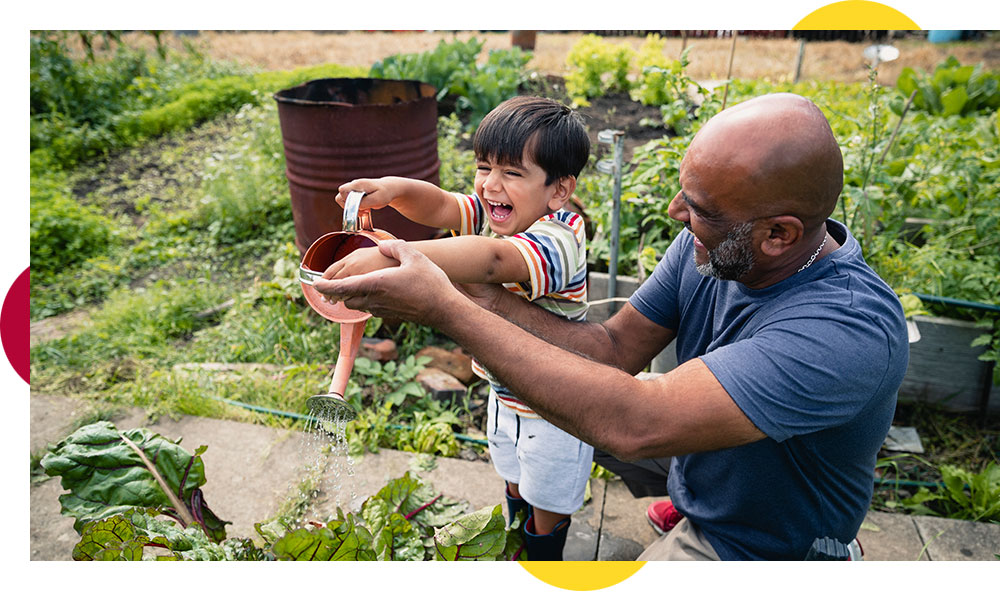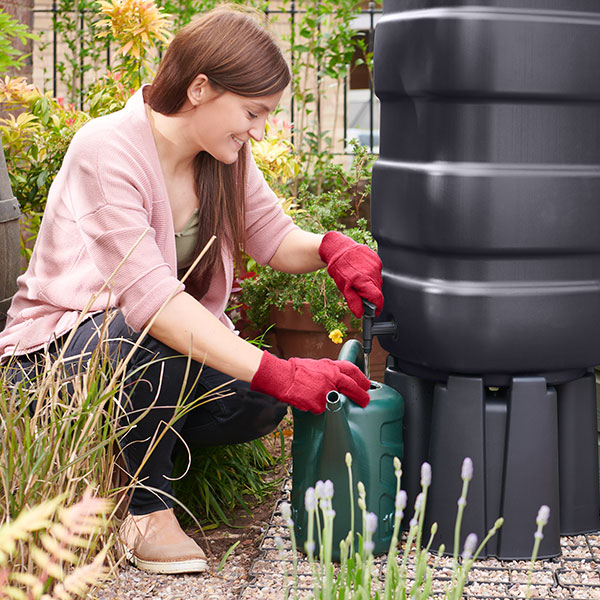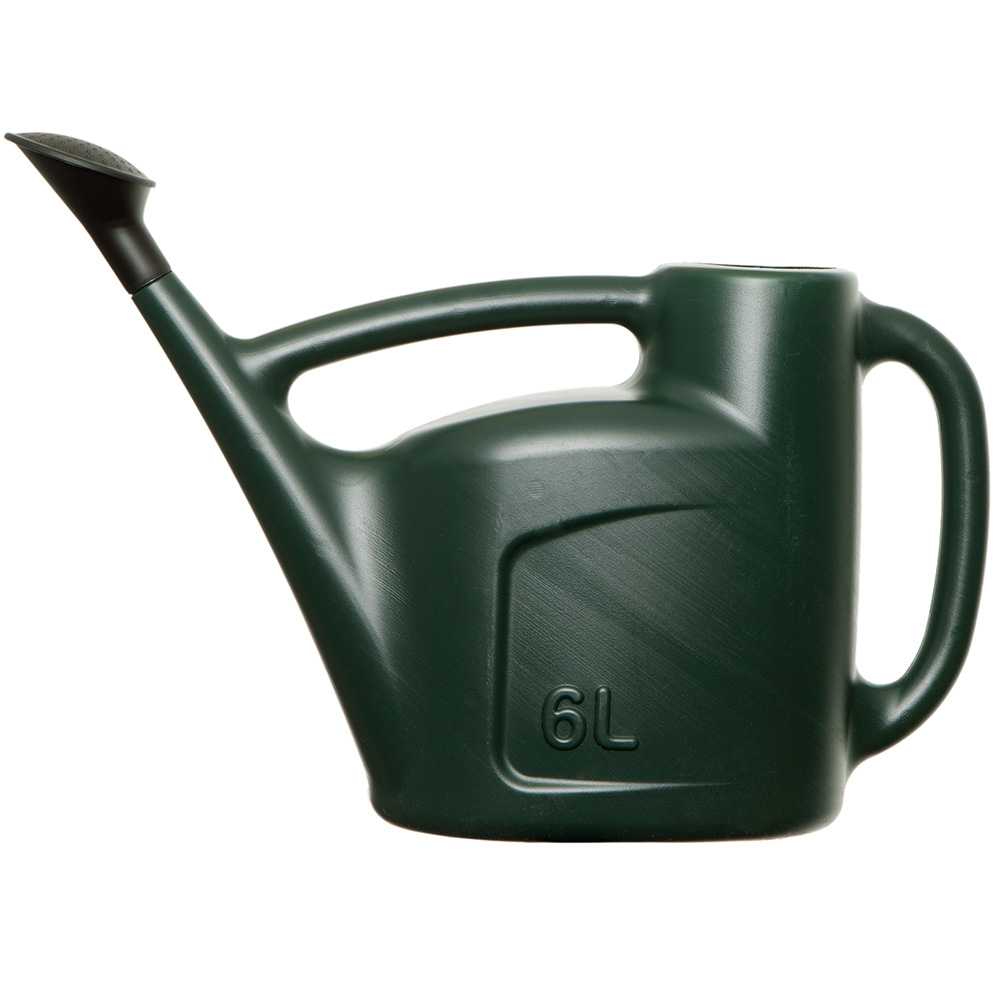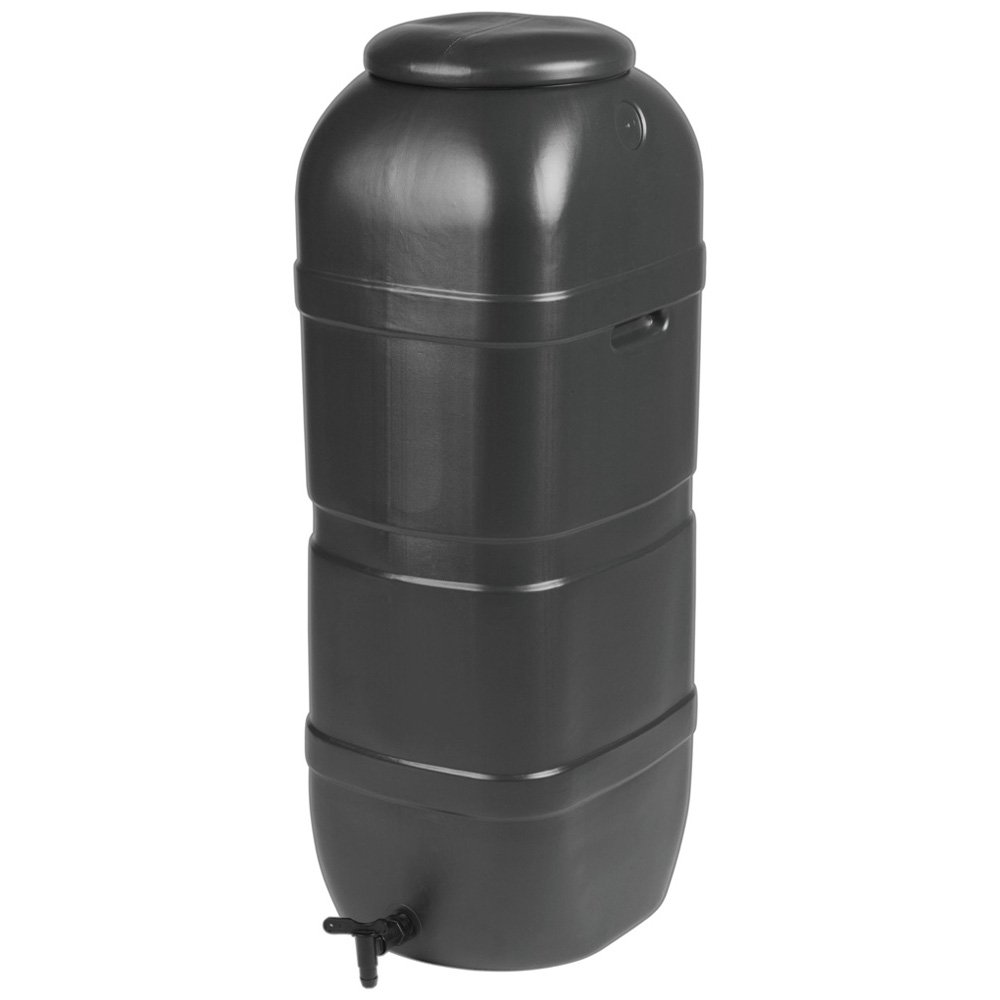

Top tips for saving water in the garden
Come rain or shine, it’s a good idea to save water where we can in the garden. In hot summers, hosepipe bans do crop up in some areas of the UK, so it’s a good idea to start practising now! If you have a water meter, it can also save you a few pennies too!

Get a water butt
Investing in a garden water butt can be a lifesaver for storing up rainwater when we get a summer shower. And don’t think that just because you have a tiny outdoor space it should put you off either, you can get a small water butt, which will do just the same job!
And did you know? Plants thrive far more with rainwater than tap water as it has fewer chemicals in it. Rainwater tends to have a lower pH, which will particularly keep acid-loving plants like blueberries, hydrangeas and camellias happy too.
Fix a water butt to a rainwater downpipe on your house, greenhouse or shed. It’s a good idea to keep it somewhere shady, as the water butt will be kept cooler, helping stop bacteria growing. Remember to keep on top of hygiene in your water butt. It’s recommended to clean them annually. Simply empty all the water out and give it a good clean with some household cleaner before rinsing it out thoroughly. Be sure to use the water butt regularly to make sure new water is flushing through, and it isn’t sitting there becoming stagnant.
Top tip: Keep your gutters clean and clear to stop dirt and debris going into your water butt and causing diseases/bacteria.

Use up your grey water!
It’s always worth ‘tapping’ into water that would otherwise go to waste. Similarly to water butts, you can also think about using bath water, shower water or water from the washing-up bowl. This is known as grey water.
Household soaps and detergents in small amounts are harmless to plants, so you don’t need to worry about that. Just don’t use anything containing bleach or disinfectant, or anything that’s too greasy from where you’ve been doing the dishes.
Whip out the watering can
A watering can will help you become more aware of the amount of water you use (very quickly, if you keep needing to walk back to the water butt or tap!). Not only that, but it’ll also allow you to direct water straight to the base of your plant’s stem, where it’s needed – so less waste and more for your precious plants!
Adding a rose to your watering can will help to evenly distribute the amount of water you use too.
Get smart with Clever Pots!
Spend less time watering your plants with the help of this handy Clever Pots reservoir. Simply pop it into the base of your Clever Pot (sold separately) and it'll help feed your plants for longer! Perfect to save you a bit of time, and also just the thing when you’re going on holiday and won’t be around to keep plants topped up with water every day – that's a little win!
Work out the best time to water your garden
Plants are best watered out of the heat of the day so they get as much of the water as possible before it evaporates. Water plants in the morning before the sun gets too hot to prevent scorching the plant. It’s also worth thinking about just how much your plants need watering. For most established plants, a good soak every 10 days or so should be enough to keep them going. They’ll also often bounce back better than you think when the rain does start up again – this is especially true when it comes to your lawn.
How often you should water your garden depends on so many things, and each plant will have its own specific needs – size, species, position, weather etc. But as a rule of thumb, plants in containers and baskets will require much more frequent watering than established shrubs in a bed, for example. Can’t seem to gauge when your plants need a drink? Pop a watering indicator into the soil and you’ll get a much more accurate idea of when they’re thirsty!
Even more top tips…
- Keep on top of those water-stealing weeds so your bedding plants get as much water as possible
- Water plants at the base of the stem
- Be sure to water larger or newly planted plants more often
- Got a paddling pool? Use the water when you’re done to water flower beds
- Don’t cut your grass too short (shorter grass needs more watering!)
Got any tips of your own to save water in the garden? We’d love to hear them – let us know on Facebook and Instagram




